Do you really need both? Absolutely…
Practically all modern commercially produced breads rely on only one fermentation. This fermentation is a yeast-based fermentation which consumes the available sugars and produces alcohol and carbon dioxide. Bread bakers are not concerned with the alcohol since very little ethanol is produced during the short fermentation process and most of what is produced evaporates off during the baking process. The carbon dioxide, on the other hand, is trapped by the gluten network and is an essential component of bread baking since it is responsible for making the bread rise.
Traditional sourdough bread, on the other hand, requires two simultaneous fermentations – one yeast and one bacterial.
Although wild, the yeast fermentation in sourdough essentially accomplishes the same thing as it does in non-sourdough bread – production of ethanol and carbon dioxide. However, the bacterial fermentation is the foundation of what makes sourdough bread so incredibly special.
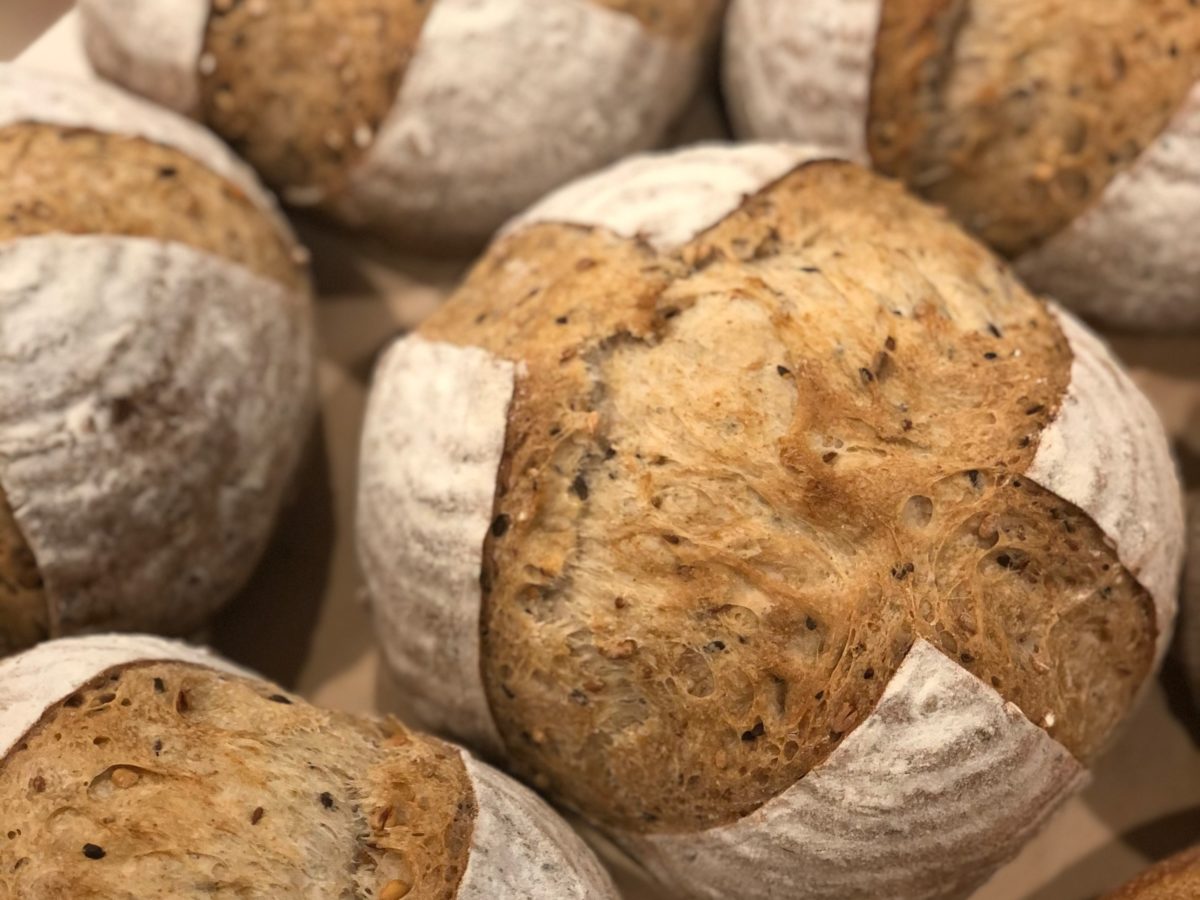
What makes sourdough so special?
The wild, hyperlocal colony of bacteria accomplishes many things in sourdough breads:
- Reduces gluten
- Breaks down gluten to make it easier to digest
- Neutralizes phytic acid and other antinutrients
- Improves the bioavailability of important nutrients
- Enhances flavor, aroma, and texture
- Conveys terroir through the nuances of the hyperlocal, wild, bacteria and yeast
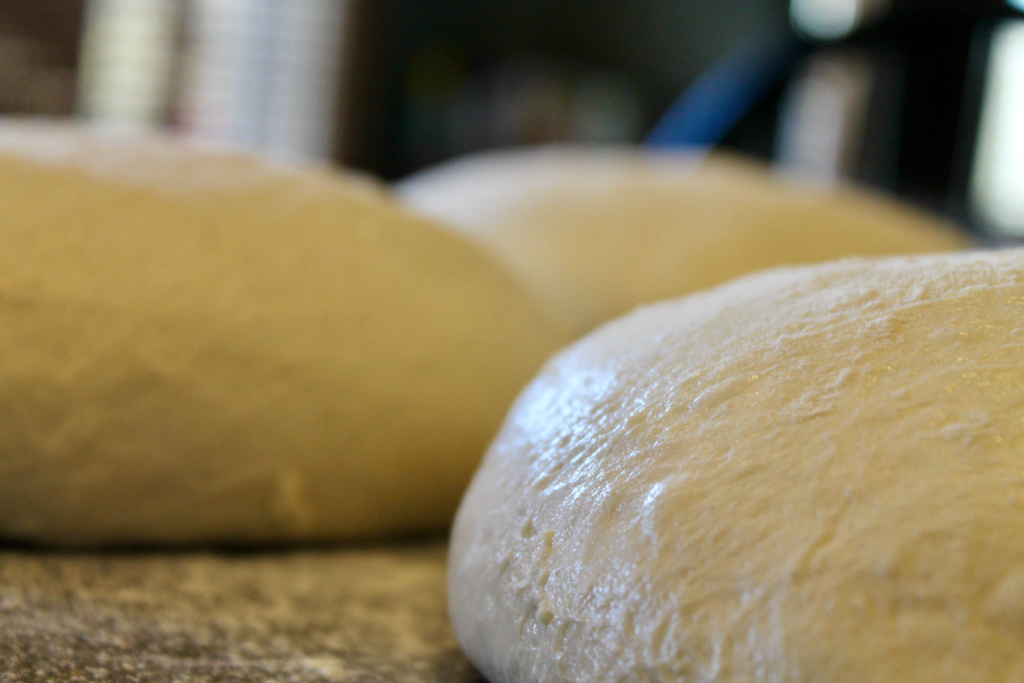
How does this apply to gluten free breads?
Certainly, each and every one of these is important in sourdough breads. But, is the sourdough process important for gluten free breads?
Absolutely!
In fact, there are only 2 out of the 6 advantages created by the bacterial fermentation that are not relevant to gluten free baking, numbers 1 and 2.
And, of the remaining advantages some like numbers 3 and 4 may be even more important!
Although gluten free, most of the flours used in gluten free baking are loaded with phytates, lectins, oxalates and a whole lot of other antinutrients and toxins. Putting those flours through a full, wild, sourdough process that includes a bacterial fermentation will help neutralize the antinutrients, improve the bioavailability of nutrients, and make it safer to eat.
Of course, the sourdough process will also enhance flavor, aroma and texture as well as convey a sense of terroir.
gluten free at the MSAK
That is exactly why we are committed to ensuring all of our gluten free products at the Modern Stone Age Kitchen are put through the same wild, long, slow sourdough fermentation as our wheat based products, albeit using a gluten free sourdough mother we started with rice flour and call, Barrie.
Unfortunately, sourdough fermentation does not make a substantial impact on oxalates and this is a huge issue for gluten free baking. So many flours used in gluten free baking, such as almond flour, are loaded with oxalates. The only way to ensure that gluten free products are low in oxalates is to use flours that are low in oxalates. That is why we are so incredibly selective with the flours that we use.
A word of caution regarding most gluten free products. Just because it is gluten free does not mean that it is healthy. Many, if not most gluten free products are just as unhealthy for you as all of the other foods created in our modern industrial food system.
They just don’t contain gluten.
what do they add??
And, to make up for the lack of gluten, food producers add all sorts of crazy things to make the gluten free flours act and feel more like the ones that contain gluten. Something needs to trap the carbon dioxide produced by the yeast fermentation and bakers face the challenge of replicating the sensory properties of gluten-containing products.
Most gluten free bakers turn to food additives such as xanthan gum, guar gum, psyllium husk, distilled monoglycerides, lecithin and Hydroxypropyl Methyl Cellulose (E464) which is present in virtually every commercial GF loaf of bread.
At the Modern Stone Age Kitchen, we face the same challenge – to make the gluten free flours act and feel more like our breads that contain gluten. After all, if we cannot trap the carbon dioxide the bread will never rise. To accomplish this goal we rely solely on psyllium husks which are simply ground up seeds from the plantain plant (which many of you have growing in your yards as weeds!), and by the way the same thing that Metamucil is made from.
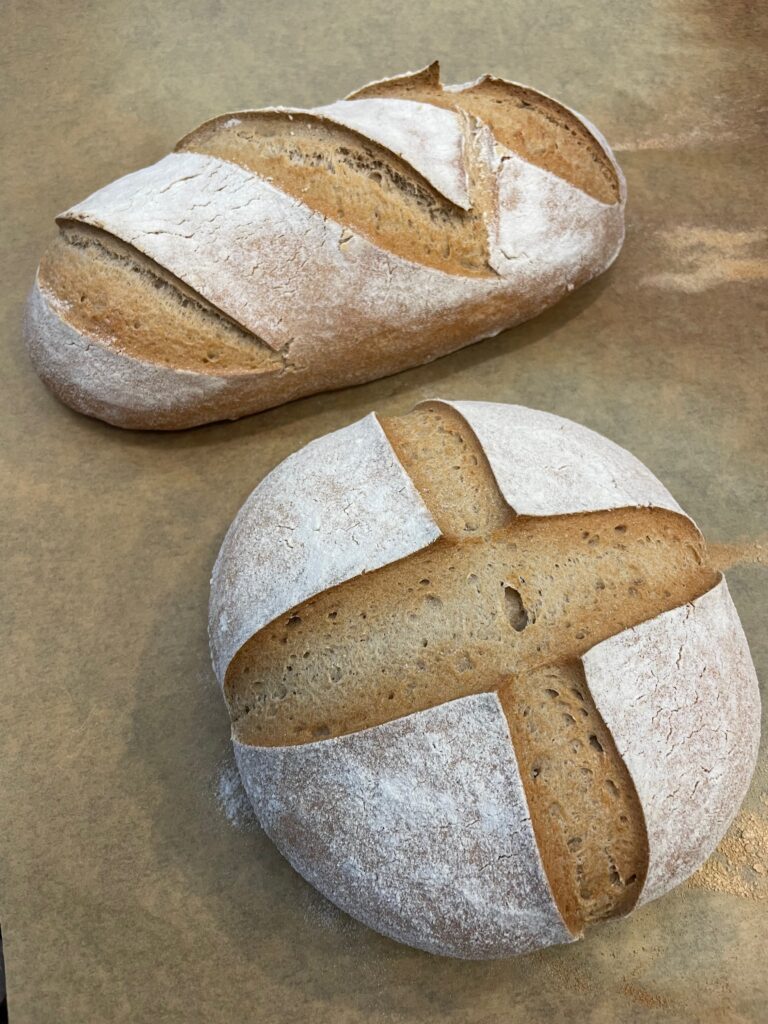
Takeaways
What does all of this mean in a nutshell?
First, all of our sourdough products are fully fermented and, as a result, we have a lot of customers that are gluten intolerant and some that are even celiac who do fine on our bread.
However, we realize that there is a large spectrum of issues with gluten and some of our customers cannot tolerate our sourdough breads. To fill that need we are actively working on developing a range of gluten free products that still adhere to all of our principles.
We have already launched our gluten free sourdough scones and a gluten free sourdough loaf bread. Soon we will have gluten free sourdough pizza dough and crackers!
So, stay tuned. Learning to work with gluten free flours without all of the typical food additives is a slow process but worth the time and effort.





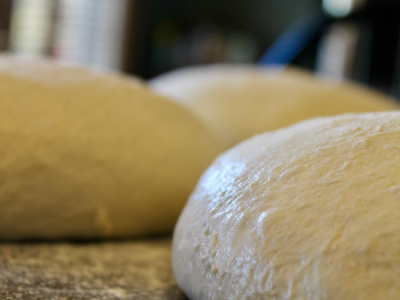

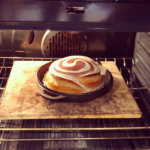

 I failed out of school 30 years ago.
I failed out of school 30 years ago.
If you haven’t read this book yet, it’s pretty neat and might help with your brainstorming/product development “wild bread” by Mary Jane Butters. Good luck! We found sourdough cassava pancakes were really good (we modified and played around as that’s not actually a recipe in that book) but sourdough coconut flour didn’t work well.
Thanks so much for sharing this resource – ordering it now!